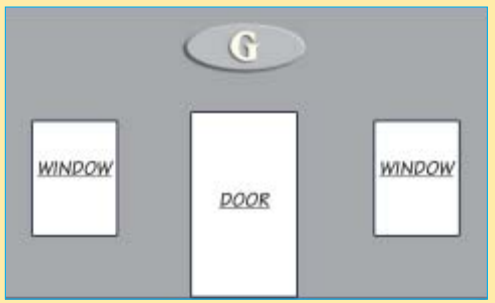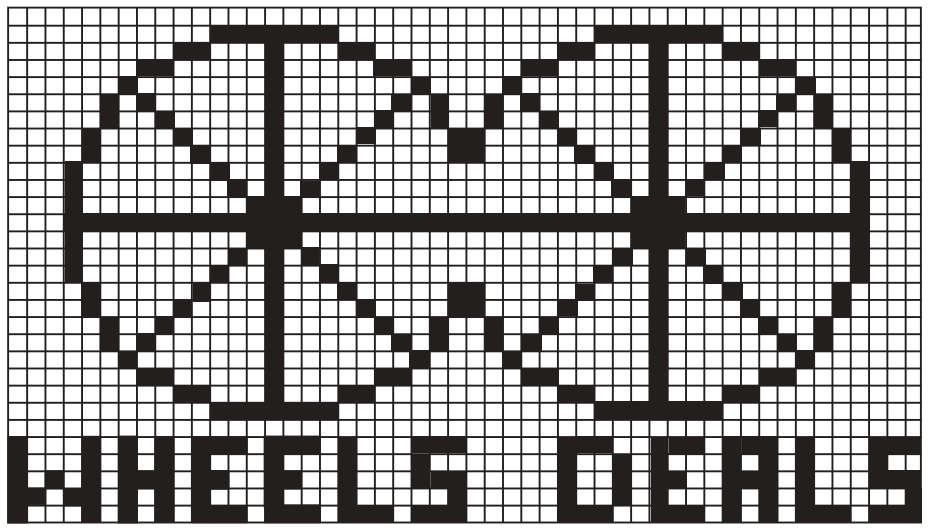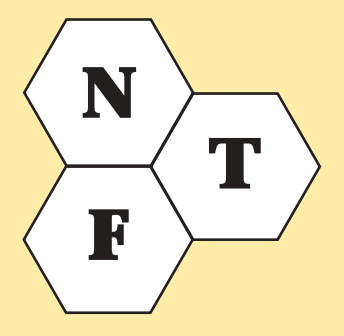Mathematics
Grade Levels: 6th Grade, 7th Grade, 8th Grade, 9th Grade, 10th Grade, 11th Grade, 12th Grade,
Topics: Measurement (general)FractionsRatiosPercentsStatisticsGeometry (polygons)
Common Core State Standard: 3.G.1, 4.G.1, 6.G.3, 6.SP.5c, 7.G.6, 8.G.3, 8.G.4,
Download the Teacher Guide PDF
Lesson:
Background: Every company would like to have instant recognition from potential customers. If someone already uses a product or service that you produce, you want them to know where it came from. If you are creating an
advertisement or commercial about a product or service, you want to be sure the viewer knows where to go to buy what is being advertised.
One technique for accomplishing these goals is the creation of an image that comes to stand for your company, and the use of that image on products, packaging, advertisements, stationery, and even company trucks and buildings.
This image may or may not contain letters and words; it can be a drawing, a symbol or simply the name of your company in a particular font. Whatever it looks like, once you have invested in its creation and use, it can become an extremely valuable corporate asset.
Curriculum Connections:
Measurement, Fractions, Ratios
This sketch is done at a scale of 1/4″ = 1 foot.
How large will the corporate symbol be on the real building? How far above the door will it be positioned?

Percents, Statistics
This table represents the results of a survey carried out by a corporation to find out how many potential customers were familiar with its logo.

a) What is the average of the percent of men who recognized the logo? The average of the percent of women?
b) What percent of all men surveyed recognized the logo? Of all women? (Hint: You will first have to determine how many men in each city recognized the logo.)
c) Compare your answers to (a) and (b). Why are they so different? Which is more useful?
Geometry (polygons), Ratios
Corporate logos should be simple, and one way to simplify an image is to reduce it to a collection of basic geometric shapes (circles, triangles, trapezoids, rectangles, etc.).
For example, a logo for a company that makes airplanes could be created by simplifying an image of an airplane into basic geometric shapes, which can then be easily reduced or enlarged.

In a similar way, create corporate logos to represent these images. Name each geometric shape used. Then create a large and small version of the logo from construction paper.

SIGN HERE, INC.
JOB FORM
Job Number: #10455
Customer: Rags to Riches, Inc.
Date promised by: ______________
Description: Customer wants an image to represent his company.
Requirements:
1) The image should represent the idea of people earning a lot of money.
2) Image must work in a grid of 50 pixels wide by 30 pixels high (she’s going to use it on her new e-mail stationery).
3) Image to be in four colors.
4) Letters “RTR” must appear under, above, or to side of image, within the 50 x 30 pixel boundary.
Below is an example an earlier black-and-white job we did in this pixel range for a bicycle company.

Teaching Guidelines: Sign Here
Math Topic: Pixel-Based Images
This activity is best done by students individually or working in teams of two. It is well-suited for teaching students about the use of pixels in computer-based graphic art.
Distribute the handout and discuss it. Ensure that students understand what is called for.
You may wish to extend this activity for more advanced students by asking them to use one font from a selection as the basis for the letters in the image, or by expanding the color palette that can be used.
Measurement (length), Ratios
Measure the height and width of this logo. What dimensions should it have when used on corporate stationery? What dimensions should it have when used on a billboard that is 10 feet high?

